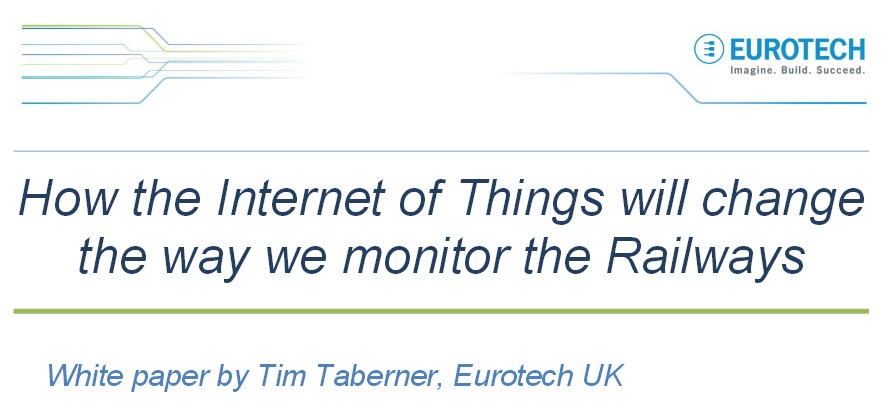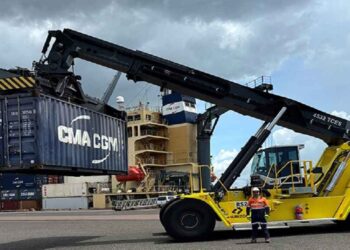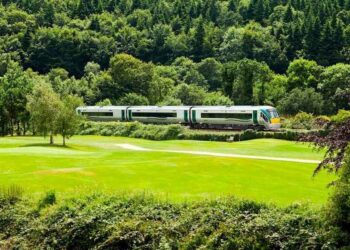In the rail industry, in common with most of the markets it serves, Eurotech sees clients and end users being increasingly frustrated with the integration issues raised by the lack of interoperability between different systems, the need to acquire data from new and ‘difficult’ assets, and the complexities posed by providing reliable communications to highly mobile assets operating in remote locations. We often hear comments like
“if only we could easily combine data from system A and system B we could correlate X and Y and…“ Or “if only we could easily share this information with these other stakeholders then…â€
“… it would give us a saving/increase our efficiency/provide a better customer experienceâ€
As an example that can be easily understood, imagine you went to the facilities manager of a large station and asked him to tell you about its current status. He would say something like “Well, that’s quite hard, I can go to the fire alarm system and tell you that we have no fires, and then we can go next door and I can look at the heating & ventilation system to tell you the temperature in all of the zones and that it’s working properly, then we could go upstairs to look at the security system, and then in the basement we could look at the electricity & gas metering etc. etc., but I don’t have just one place where a summary of all that is availableâ€
Let’s think about this example a bit more – the fire system has sensors deployed throughout a building used to detect a fire. The HVAC system similarly has deployed sensors measuring the temperature in the building. If one of these saw a temperature rising at a high rate, that’s probably indicative of a fire; similarly, if there is a sudden drop in temperature in the middle of the night, that may suggest a window or door has been opened, which may be useful information for the security system. There are therefore obvious benefits in these systems being able to share common sensor data. There are similar benefits if these systems are able to interact at a higher level. If the ventilation system knew there was a fire, it could cut power to all of the heaters/air conditioning to reduce the hazard risk. Not only would we have more connected and responsive buildings, we could reduce duplication in the sensors and devices installed to feed the various systems with data.
The traditional way to get this summary information (if it’s possible at all) is to introduce custom code above and in each of the relevant systems to extract the needed bits of data and then generate and present the resulting information. If, or more accurately, when at a future date the summary data requirements change, or there is a change in one of the systems sitting below it, then the custom code needs to be changed. This leads to ‘software spaghetti’ solutions which are extremely difficult, and therefore expensive, to support and maintain. Some solutions attempt to overcome this by requiring all of the systems to feed data into a large SQL database, only to find that this approach can lead to problems with data flooding, or with the inflexibility of the database structure once defined.
For further details, please click here to download the whitepaper.
Source: EUROTECH

































